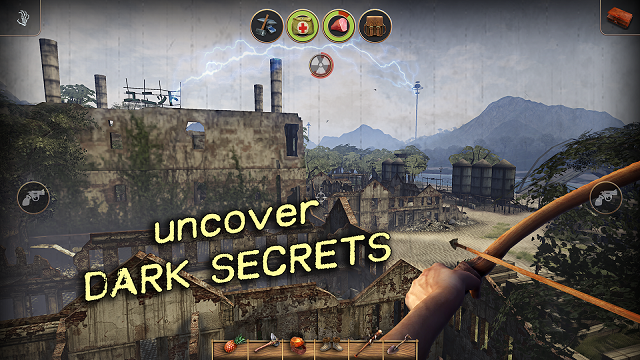

Although previous work suggests that accidental ingestion of plutonium in the soil would represent a small fraction of the total radiation exposure in island residents, and recommends an action limit for plutonium of 17 pCi/g ( 13), all nonzero concentrations of plutonium in particular must be considered and contextualized, given a widespread lack of guidance on safety levels for these isotopes. Finally, we also sought to make measurements of concentrations of different radionuclides in the soil, including 3 isotopes of plutonium, to gain further insight into the suitability of different islands for human habitation. Second, we wanted to extend our measurements on currently or previously populated islands to outer islands within affected atolls, as we learned that people frequent the unpopulated islands in search of food or other resources, in particular during feast seasons. First, we wanted to include Utirik in our investigations, as a US-recognized affected atoll, which we were not able to visit on our first trip because of time constraints. We subsequently conducted another trip in 2017 to explore different radiation exposure pathways and answer additional questions that arose from our initial data and analysis. In 2016, we reported on results obtained during a 2015 trip to 3 atolls (Enewetak, Bikini, and Rongelap) in the northern Marshall Islands, and compared external gamma radiation measurements in these atolls with measurements made in the capital of the Republic of Marshall Islands, Majuro, which is located in the southern Marshall Islands ( 21).

We also discuss implications for informed decision-making by the Marshallese and local atoll governments and their people on issues pertaining to island resettlement. We contextualize all results by making comparisons between islands and to various standards, as well as to regions of the world affected by nuclear accidents. We find that radionuclides are absent from all Majuro soil samples, and that they are present at highest activity concentrations in samples from Runit and Enjebi islands (Enewetak Atoll), Bikini Island (Bikini Atoll), and Naen Island (Rongelap Atoll). We perform ordinary kriging on external gamma radiation measurements to provide interpolated maps. Our results show low external gamma radiation levels on some islands in the Enewetak Atoll and Utirik Atoll, and elevated levels on Enjebi Island in the Enewetak Atoll, on Bikini Atoll, and on Naen Island in the Rongelap Atoll.

We also report americium-241, cesium-137, plutonium-238, and plutonium-239,240 activity concentrations in the soil samples for 11 islands in 4 northern atolls (Enewetak, Japtan, Medren, and Runit in Enewetak Atoll Bikini and Enyu in Bikini Atoll Naen and Rongelap in Rongelap Atoll and Aon, Elluk, and Utirik in Utirik Atoll) and from Majuro Island, Majuro Atoll in the southern Marshall Islands. We report on measurements of external gamma radiation on 9 islands in 4 atolls in the northern Marshall Islands, all of which were affected by the US nuclear testing program from 1946 to 1958 (Enjebi, Ikuren, and Japtan in Enewetak Atoll Bikini and Enyu in Bikini Atoll Naen in Rongelap Atoll and Aon, Elluk, and Utirik in Utirik Atoll).


 0 kommentar(er)
0 kommentar(er)
